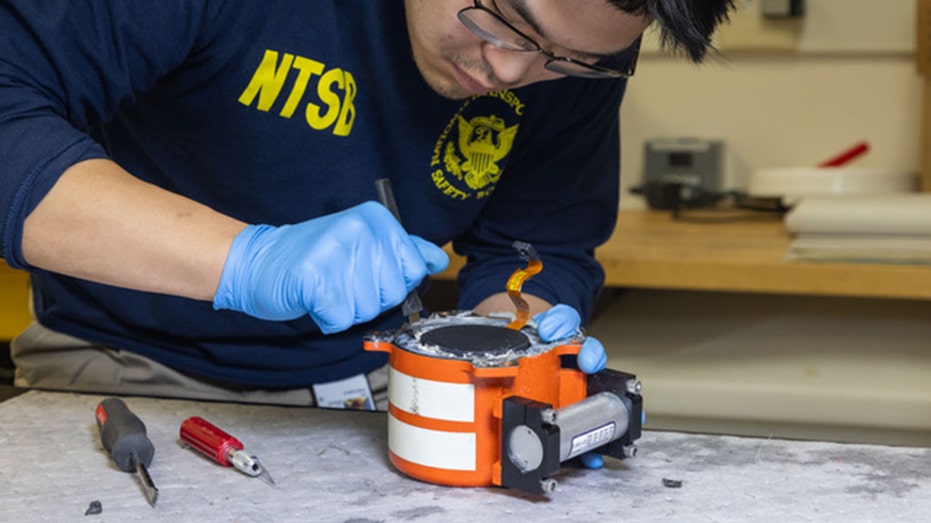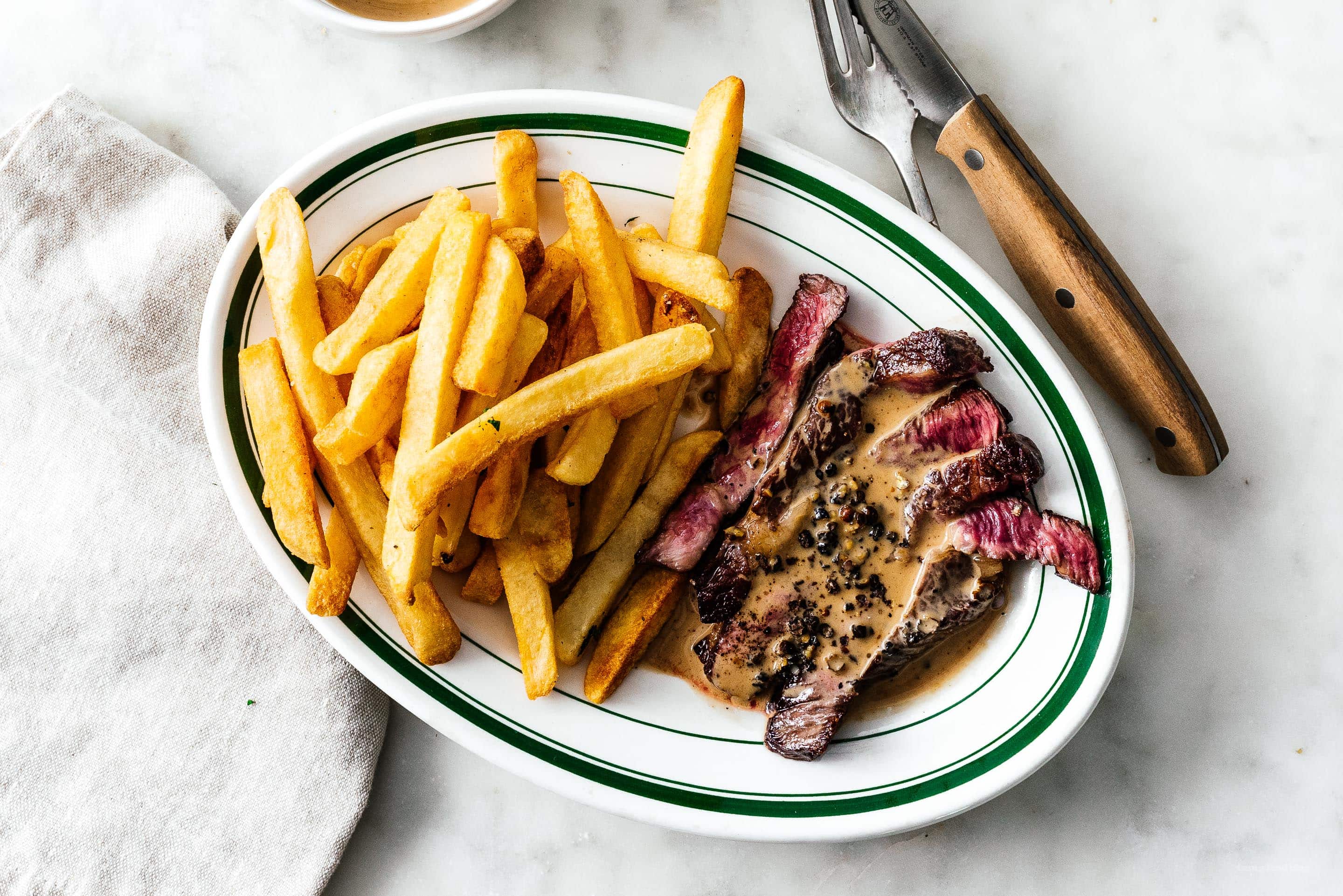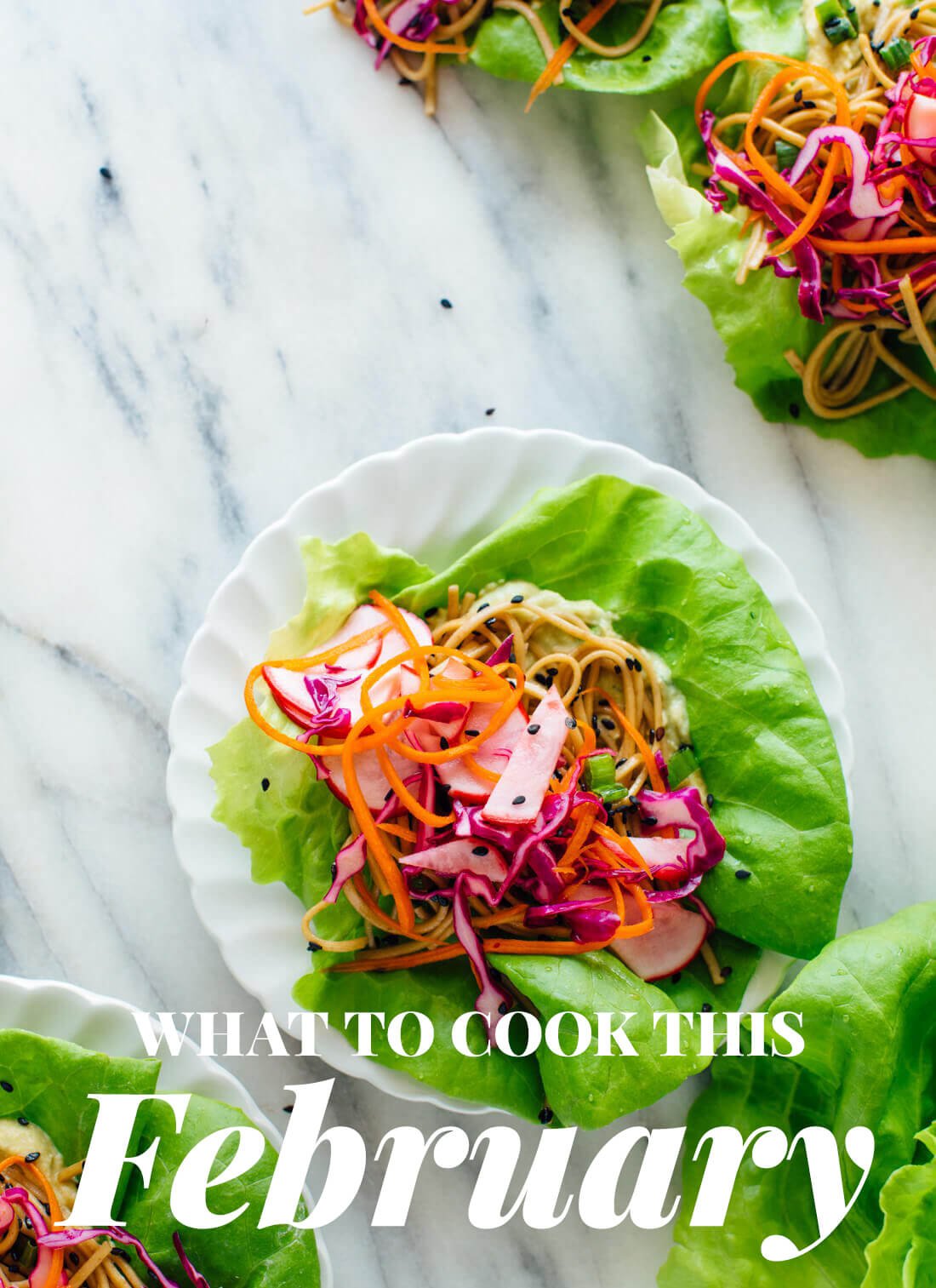Introducing Gohan: Everyday Japanese Cooking
My latest cookbook, Gohan: Everyday Japanese Cooking: Memories and Stories of my Family’s Kitchen, will be out 12 September 2023 in the US, 14 September in the UK and Europe and 1 November in Australia. It is a book I have been longing to write for many years, made up of a collection of my […] The post Introducing Gohan: Everyday Japanese Cooking first appeared on Emiko Davies.


My latest cookbook, Gohan: Everyday Japanese Cooking: Memories and Stories of my Family’s Kitchen, will be out 12 September 2023 in the US, 14 September in the UK and Europe and 1 November in Australia.
It is a book I have been longing to write for many years, made up of a collection of my most favourite ever, nostalgic recipes of the Japanese home cooking that I grew up with.
It’s so very special to me that this book will be making its way out there in the world this autumn. It’s not just because it was a book that was originally turned down, or that it is sprinkled with old family photos and stories of the fascinating (and I think relatively little known) culinary history of Japan (like the 1,200 year old ban on meat that was only lifted 200 years ago, the Buddhist history of noodles and more), but the other thing that writing and researching this cookbook has done is it has opened up a deep exploration of my heritage that I think I have been suppressing since as long as I can remember.
But this is my soul food. This is the food I was born to crave. I may not speak Japanese fluently, but the food is the food I love most in the world. Being the first born of a Japanese mother, newly arrived in Australia as a young 20 year old, I am hardwired to with a preference for Japanese flavours and textures, with a love of the sharpness of rakkyo (pickled Chinese onion), the saltiness of umeboshi, the creamy bite of raw squid, the umami of dashi and a predisposition for a deep appreciation of tofu and anko (sweet red bean paste), the soul of all my favourite Japanese sweets. I would give up all the chocolate in the world for it.




This is what truly tastes like home to me. It is every day, home cooking: simple dishes, based on peak season foods, that my Japanese mother and grandmother made. The favourite bites and flavours from all our annual trips to Japan as a child and teenager, like onigiri, or the fried prawn sandwiches that remind me of my grandfather.
Here below I wanted to share a little interview that my publicist sent me to answer and I think the responses can help you get to know Gohan a little better too. I hope you enjoy it and if you’d like to pre-order Gohan now, it is such an enormous help for authors as it lets their publishers know that this is a book worthy to print (and keep printing)! Thank you in advance for all of your support.
Get to know Gohan, an interview with Kat Purcell and Emiko Davies
What dishes are quick to put together?
I wanted this cookbook to show people the very simple nature of Japanese home cooking. Things from the pickles (which are not only quick to make, 10 mins, but quick to pickle too — you can eat them after only a few hours of marinating), Dashi (the backbone of all the soup, sauce or stewed dishes, equivalent to a stock), only takes 10 minutes, the cold tofu (just add your favourite toppings and it’s ready in minutes), most of the vegetable dishes, in particular things like green beans with sesame, mushrooms with tofu sauce (these can be made with any vegetable as the base), miso soup (handful of minutes!), the clam soup (mere minutes too), are super quick.
Aside from the homemade tofu, everything in the breakfast chapter can be whipped up in under 10 minutes (many in 5). The egg and rice dish (tamagonogohan) is my go-to when I’m tired and hungry and takes about 3 minutes to cook (you use already cooked rice). Both the salmon and beef rice bowl take minutes to put together too (not counting the cooked rice, which if you’re doing in a rice cooker or if you’ve got it in a saucepan, is already being taken care of). The vegetable chapter too is a collection of quick dishes — salads that can be done in under 10 minutes, warm dishes that take only a few minutes to cook. Even the more involved dishes, like the Okara salad, only requires about 7 minutes of cooking time. I think the longest preparation in that chapter is the pumpkin braised in milk and that takes 20 minutes. Dishes like the cold somen noodles are just thrown together in minutes; yakisoba too — very quick. Yakitori only takes 10 minutes to cook.
Meanwhile, dishes like sukiyaki and te maki are wonderful too because you only need to chop and put things on a platter and the cooking (for sukiyaki) is done at the table together, while te maki is mostly raw. Even the Japanese curry from scratch is done in less than 30 minutes. In the sweets chapter, the kanten jelly is so quick — to make and to set. In 10 minutes it’s ready to eat, unlike traditional gelatin jellies. Arrowroot mochi takes only minutes to make too.
What makes them simpler than Italian cooking?
Japanese cooking is about preserving nutrients and flavours as much as possible so cooking times are quick because of this. It is, more even than Italian food, entirely dependent on ultra seasonal produce (I have a section about “shun”, the joy of peak of seasonality on page 113 — bookmark it for later! — so food is already at its most flavourful and you don’t want to ruin this beautiful produce by changing it too much, adding too many things or long cooking. Italian cooking on the other hand is about low and slow cooking to bring out flavours — think of the best ragu, which has been cooking for at least 3 hours, a day before you want to serve it. Or stewed white beans and hearty beef stews, which were traditionally cooked in front of the fireplace so they would take hours to cook (the beef because it was also very tough and needed hours of cooking to tenderise it). Japanese cooking is, by nature, fast cooking.
Which dishes are family favorites?
Well I have an entire chapter called Family Favourites  Read More
Read More












































![United Lounge Hack: Flyers Are Cooking Up Secret Breakfast Sandwiches—Would You Try It? [Roundup]](https://viewfromthewing.com/wp-content/uploads/2025/01/united-mcmuffin.webp?#)
































